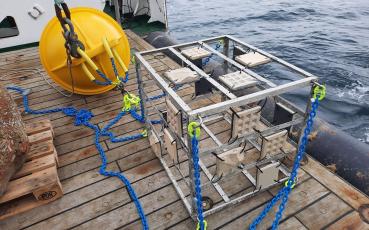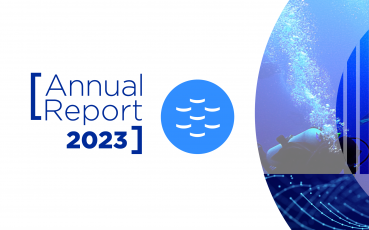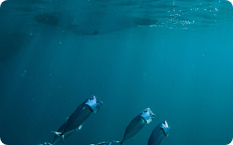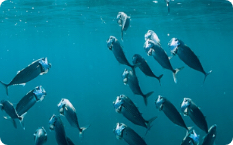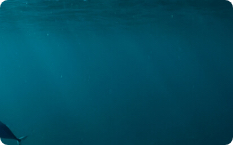Flatfish are a common appearance in the North Sea. Sole, plaice, turbot and brill are familiar names, but less so are lemon sole, flounder, solenette and scaldfish. Each species has not only its typical shape and taste, but also lives in a preferential habitat and hence shows a particular population structure. Few studies have studied the same species with the same methods, for example to answer the question how the populations of flatfish are organized. This is exactly what happened in a recent publication in the journal Evolutionary Applications.
LBEG (KU Leuven) and ILVO-Fisheries collected with the help of many volunteers across Europe and with research grants of the European Commission and the Research Foundation – Flanders more than 2700 flatfish (sole, brill and turbot) from the Northeast Atlantic Ocean from Norway to Portugal. Sole prefers coastal habitats and adults feed on macrobenthos. The top predators brill and turbot prefer a more offshore environment. Sole and brill spawn in spring when the winter storms are settling. Turbot spawns in summer when North Sea waters are quiet. The idea behind the study was to learn more about the life-history from the genetic structure and the environment based on the same research approach. The results would provide a contribution to fisheries management.
The results tell that brill does not show any genetic structure; fish seem to occupy large areas during their life. Turbot and sole living in the Skagerrak – Kattegat region are distinct form their mates elsewhere. A widespread well connected Atlantic population lives between Norway and Portugal. Western Irish turbot stand out genetically. Sole living along the European coasts from Norway to Portugal differ not so much from their neighbors, but quite a bit from their brethren further away. Such pattern is known as isolation by distance. Sole and turbot populations of the North Sea are influenced by fronts. Overall, each species has its distinct population pattern.
Ecosystem based fisheries management integrates knowledge on the environment and biological communities in fisheries management. From our evidence, we confirm at the species level that the poorly monitored brill is best managed as a single stock. Turbot, with a widely distributed Atlantic stock, and stocks to the West of Ireland and a vanished stock to the north of Scotland Sole, merits close monitoring. The fragmented catch advice for the biologically well documented and monitored sole is unwarranted. At the ecosystem level we look forward to sustained ecological monitoring, the forecasting with biophysical models of the dynamics of larval and adult stages, the monitoring of the genomic architecture of populations and details on the impact of fishing on the genetic blueprint of fish.
Publication reference:
Vandamme S., Raeymaekers J.A.M., Maes G.E., Cottenie K., Calboli F.C.F., Diopere E., Volckaert F.A.M. (2020) Reconciling seascape genetics and fisheries science in three codistributed flatfishes. Evolutionary Applications 00: 1-17, DOI: 10.1111/eva.13139














